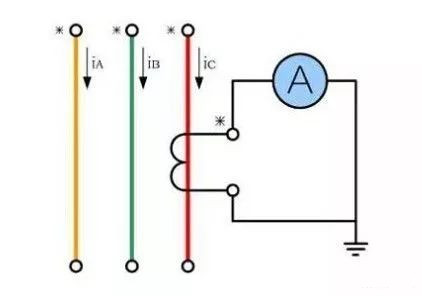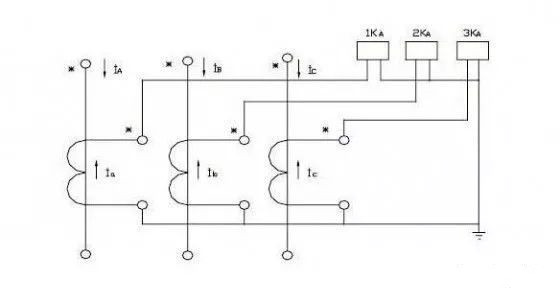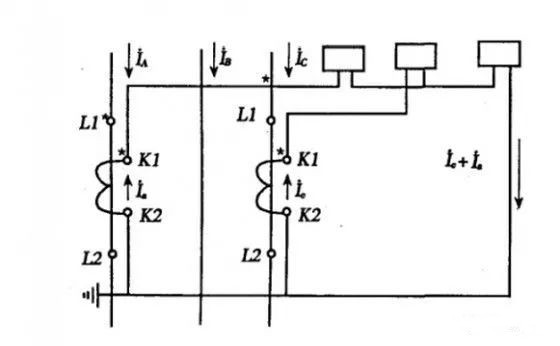Four wiring methods of current transformer
Four wiring methods of current transformer
The connection method of the current transformer is not complicated, and there are only four connection forms.
1. It is the wiring form of a single current transformer.
It can only reflect the situation of single-phase current. It is suitable for measuring one-phase current or three-phase load balance. Measuring one phase can know the three-phase situation. Most of them use ammeter.

2. Three-phase complete star connection and delta connection.
The three-phase current transformer can timely and accurately understand the changes of the three-phase load, and is mostly used in the differential protection wiring of the transformer. Only three-phase complete star connections can be used for current collection of energy meters in systems with a direct earthed neutral. The three-phase three-relay wiring method can not only reflect various types of phase-to-phase short circuits, but also respond to single-phase grounding short-circuits, so this wiring method is used in neutral-point direct-grounding systems as phase-to-phase short-circuit protection and single-phase grounding short-circuit protection.

3. Two-phase incomplete star connection.
Mostly used in practice. It saves a current transformer and uses the combined current of the A and C phases to form the opposite-phase B-phase current. The two-phase double relay wiring method can respond to the short circuit between phases, but cannot fully respond to the single-phase grounding short circuit, so it cannot be used for single-phase grounding protection. This wiring method is used for phase-to-phase short-circuit protection of neutral point ungrounded systems or grounded systems via arc suppression coils.

4. Two phase difference current wiring forms.
It is also only used in three-phase three-wire circuits, the neutral point is not grounded, and there is no neutral wire. The advantage of this connection is that it not only saves a current transformer, but also can use a relay to reflect various types of three-phase circuits. Phase-to-phase short-circuit fault, that is, to complete three-phase overcurrent protection with the least number of relays, saving investment. But when the failure form is different, its sensitivity is different. This wiring method is often used for phase-to-phase short-circuit protection in distribution networks of 10kV and below. Due to the low sensitivity of this protection, it is rarely used in modern times.




